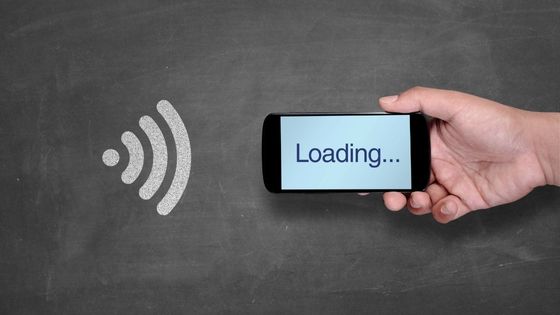Internet problems can be frustrating, especially when trying to do your work or get some important tasks done. Slower Internet speeds can make it challenging to do your job, and sometimes even regular tasks can become troublesome when the internet is really slow. Here are some tips on how to deal with slow internet problems:
1. Try A New DNS Server
If you’re having trouble connecting to the internet, consider switching to a new DNS server. Routing traffic through a more reliable server can help speed up your connection. To change your DNS servers, follow these steps:
- Open your internet browser and type “127.0.0.1” into the address bar. This will return the default gateway for your computer. If you’re using a desktop computer, click the “Start” button and select “Control Panel.”
- On the “System” tab, double-click on “Network Connections.”
- Under “Neighborhood Connection,” click on “Properties.”
- In the “Internet Protocol Version 4 (TCP/IPv4)” panel, click on the link next to “DNS Servers.”
- In the text box that appears, type in the IP address of one of your preferred DNS servers.
- Click on “OK.” Close all open windows and reopen your internet browser.
- Type the new DNS server address into the text box and enter.
2. Turn Off Or Limit Bandwidth-Hogging Apps
Turn off or limit bandwidth-hogging apps. This may include streaming services, gaming apps, and social media platforms. By reducing the amount of data being processed by these apps, you can free up more bandwidth for other applications. If you need to use a bandwidth-hogging app, try to limit its use during peak hours. Also, be aware of how much data each app uses and try to cut back where possible. Some apps, such as Netflix, can be downloaded and used offline. This can reduce the amount of data being processed by the app.
3. Optimize Your Web For A Sluggish Net Connection
You can optimize your web for a slow connection:
- Make sure that your browser is up-to-date.
- Try using a different web browser.
- Check your connection speed and ensure you are connected to the internet via an Ethernet cable or a high-speed broadband connection.
- Use proxy servers or tunneling protocols if needed.
- Consider using cloud storage services like Dropbox or Google Drive if you have to upload large files.
- Try using other applications that can be accessed over the internet instead of loading everything onto your computer.
4. Call Your Internet Provider
Call your Internet provider if all these options fail, and tell them you’re experiencing slow speeds. Ask how you can strengthen your connection with them. They can help optimize or set up new equipment for you. They can help improve your connection by adjusting your router or upgrading your broadband package. You should find the best internet provider for rural areas to get outstanding services.
5. Fix Your Wi-Fi Signal
To fix your Wi-Fi signal, check to see if your Wi-Fi is turned on. If it is not, you can turn it on by going to your settings and selecting Wi-Fi. Once your Wi-Fi is on, you can fix your signal by changing the channel or location. If you’re still having trouble, try to reset your router. To do this, turn off your router and wait two minutes. Then turn it back on and try to connect to the internet.
6. Know Your Hardware’s Limitations.
Verify that your hardware is current. Old hardware may need help to handle the latest internet speeds. Ensure that your device uses the correct type of internet connection. A broadband connection will be faster than a dial-up connection.
Some devices are not compatible with certain types of internet connections. For example, some laptops are incompatible with wired internet connections because they have a built-in wireless card. Other devices require a specific type of hardware to work.
Conclusion
If you’re having trouble getting online, there are a few things you can do to try and fix the problem. Sometimes just restarting your computer or router will help; other times, you may need to update your software or change the settings on your device. If that doesn’t work, you can call your ISP and ask for help troubleshooting the connection.













